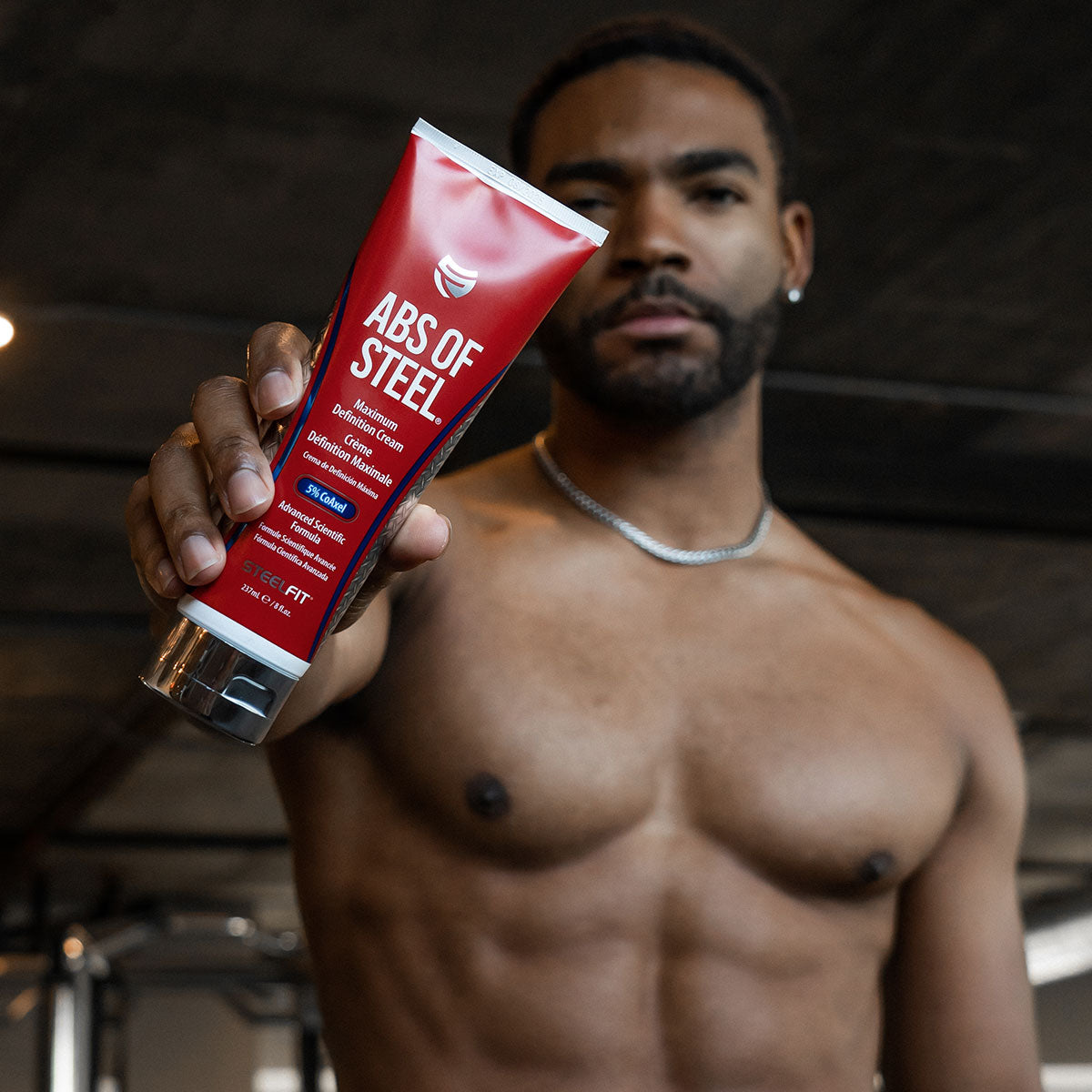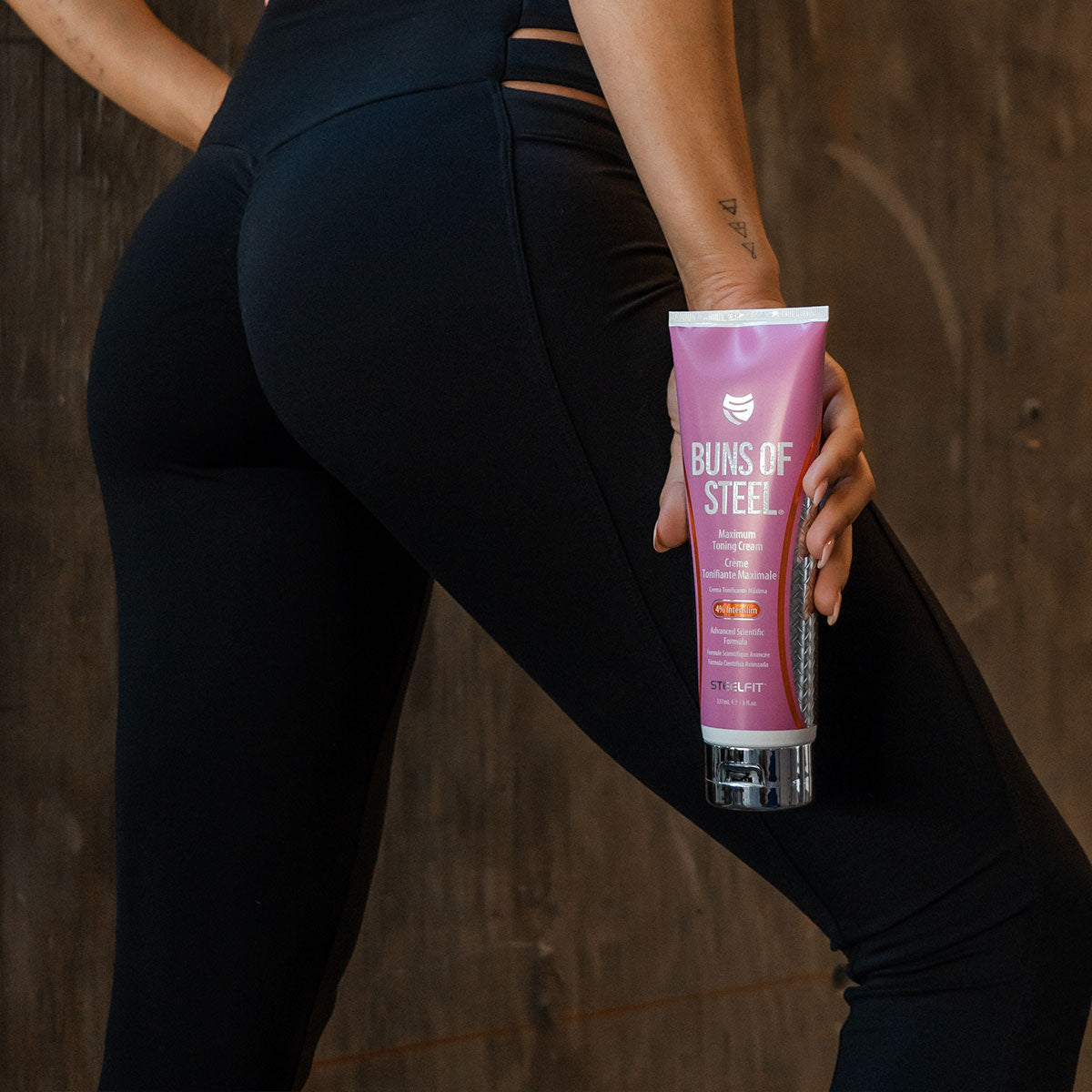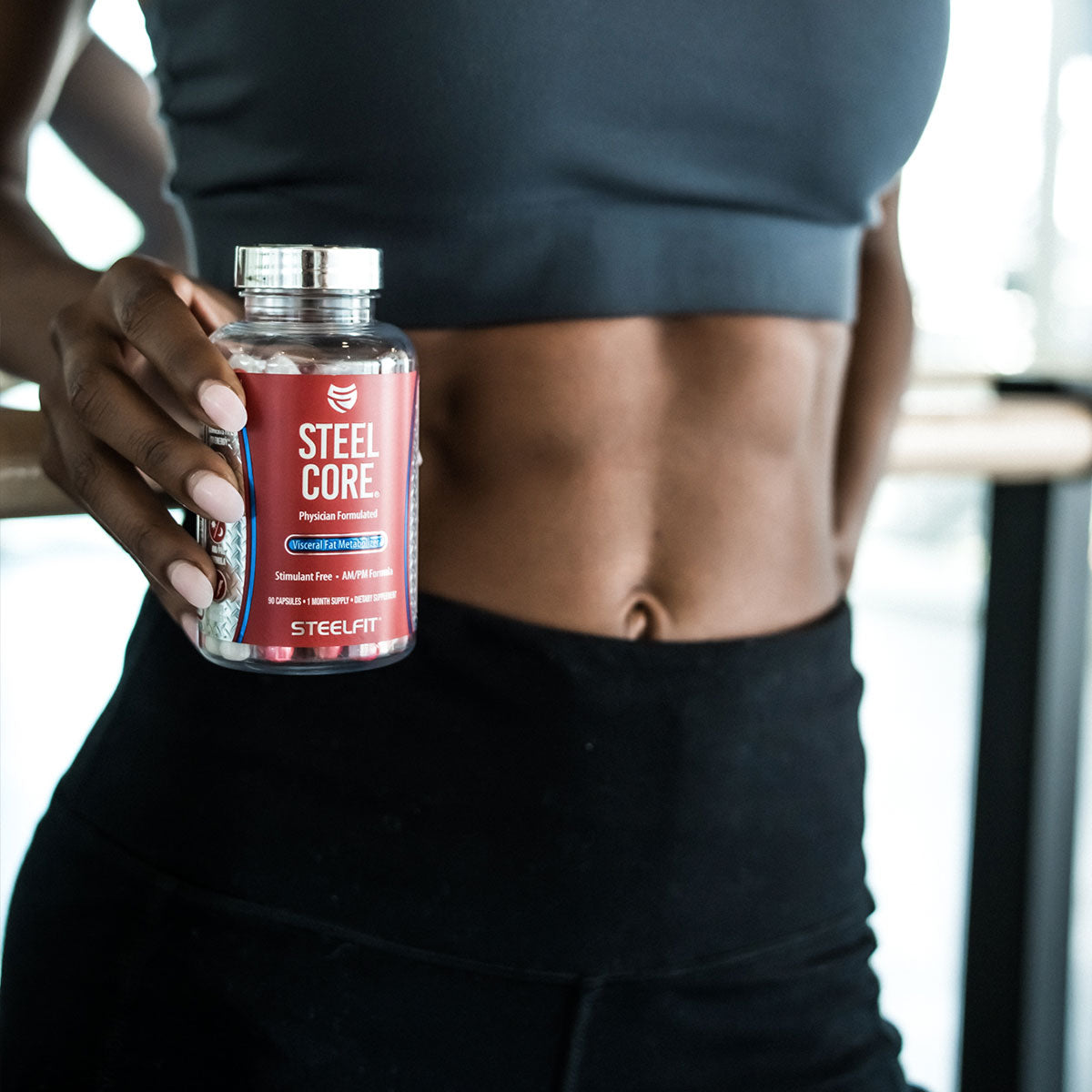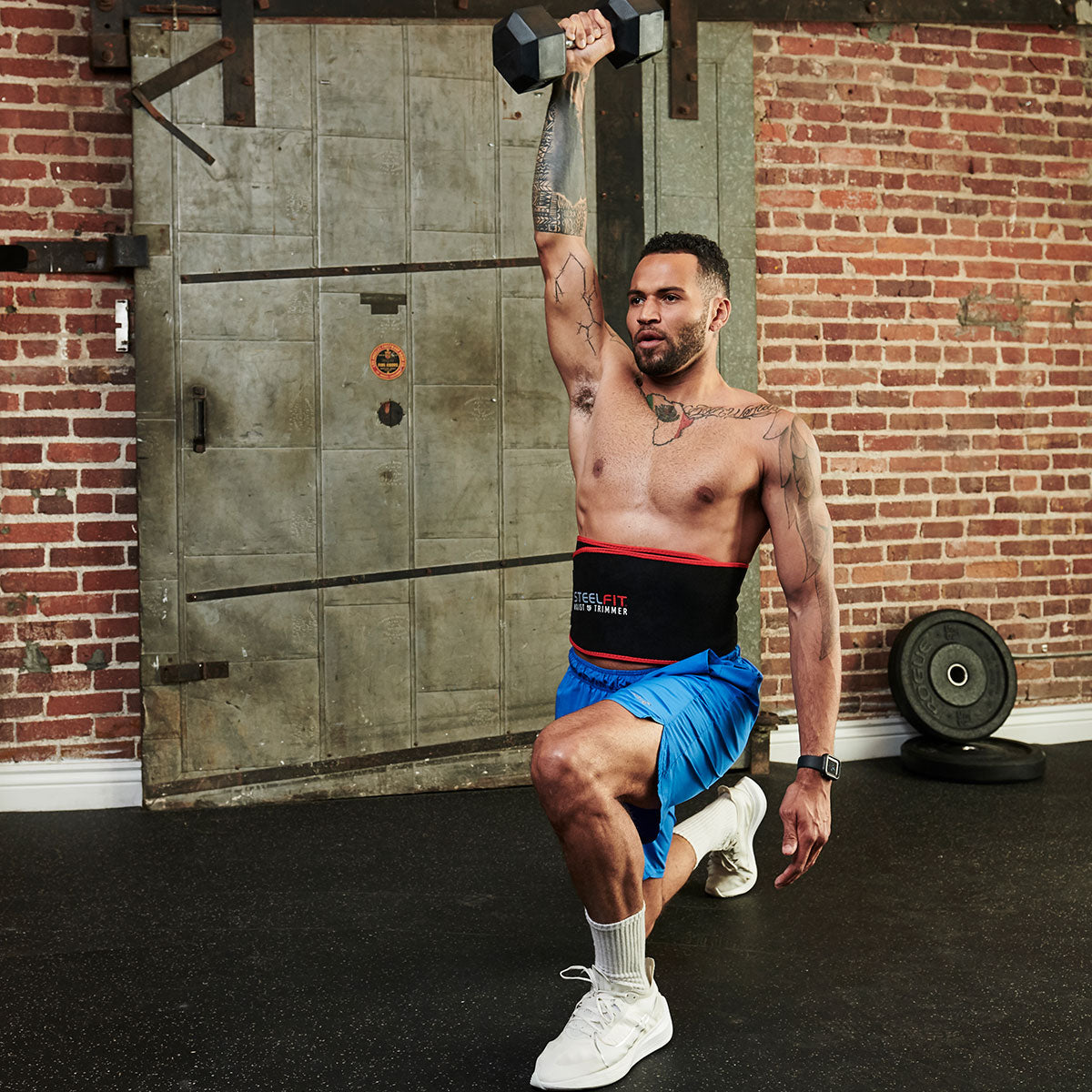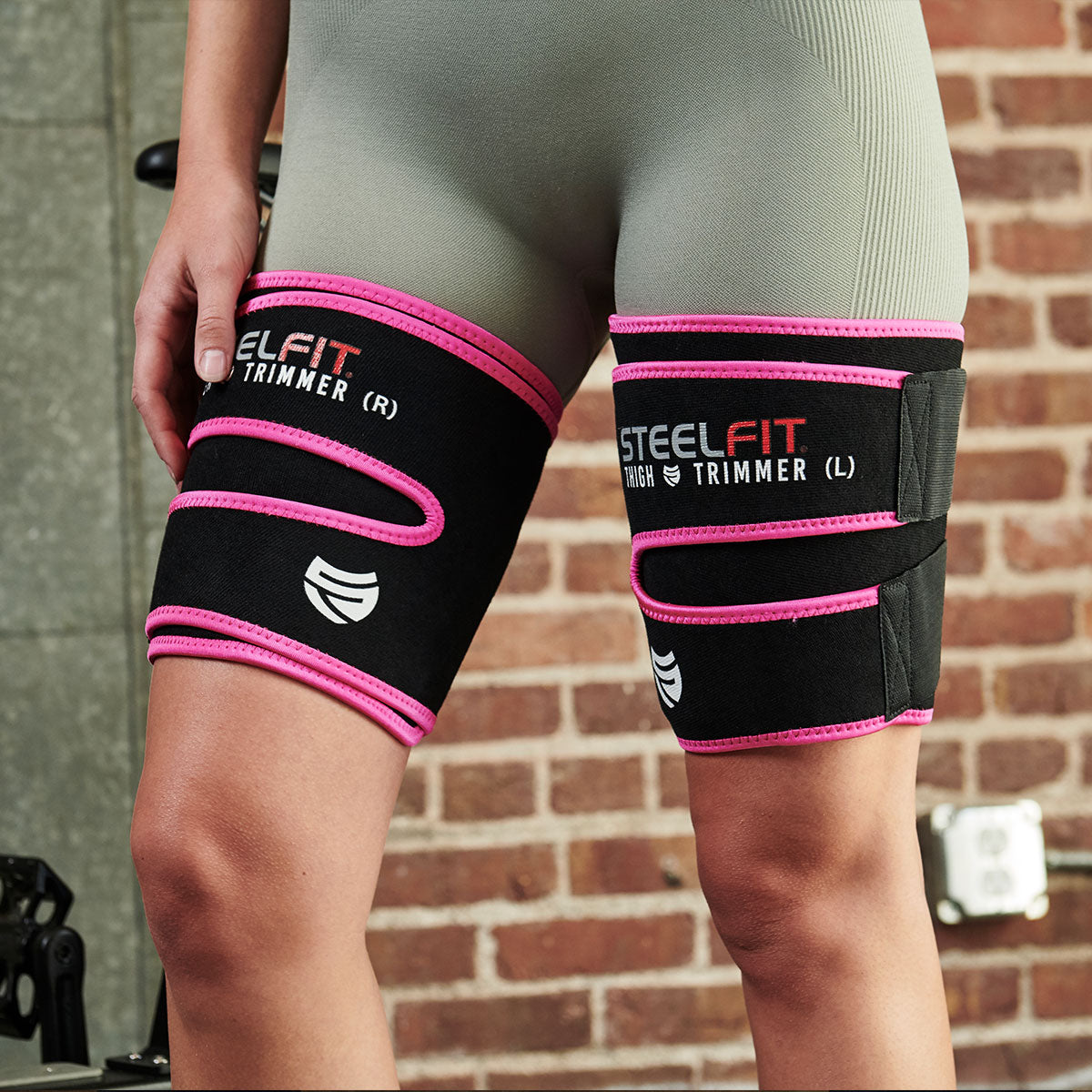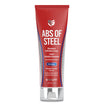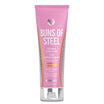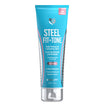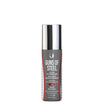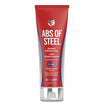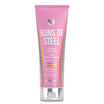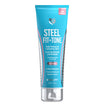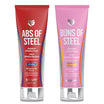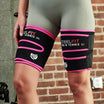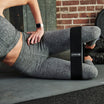If you want to know what sweat is, why you sweat, and why sweat smells, you want to read this article.
Following a grueling weightlifting or high-intensity cardio session, there are a few noticeable things:
- Your Muscles Ache
- Your Lungs Burn
- Your Shirt is Drenched in Sweat
Sweat is a sign of accomplishment, a sign of hard work, a sign of commitment. It’s also a sign of nervousness; thus, the expression, “he’s sweating bullets.”
We’ve all experienced the sensation of sweating, and had those unsightly “pit stains” at the most inopportune of moments. But, why do we sweat, what is sweat made of, and why does it stink sometimes?
Ahead, we’ll answer all of those questions and a whole lot more, as we get up close and personal with all things sweat.
Let’s start by answering a very simple question…
What is Sweat?
Sweating, a.k.a. perspiring, is the production of fluids secreted through the skin of animals. As such, sweat is an NBF -- normal body function.
It’s composed mostly of water (about 99%) <5>, but also contains a host of other compounds and biomarkers including:
- Minerals (sodium, chloride, potassium)
- Ammonia
- Ethanol
- Cortisol
- Urea
- Lactate
- Neuropeptides
- Cytokines
Due to this abundance of biomarkers, researchers have begun exploring the use of sweat as a means for continuous bio-monitoring as opposed to other fluids, such as saliva or urine.
While there are several types of sweat glands, sweat is primarily produced via one of two types of sweat glands <2>:
Eccrine glands
Eccrine glands cover most of your body but are found predominantly in on the forehead, palms, armpits, and soles of your feet. Sweat from eccrine glands is watery but doesn’t taste like water due to the presence of salt, protein, ammonia, and urea in it.
Sweat from eccrine glands is clear, odorless, and mostly water, but does contain many of the compounds we just detailed. It has a pH ranging from 4-6.8<6>
Here’s a closeup look at the eccrine gland <4>:

Apocrine glands
Apocrine glands are larger than eccrine glands and localized primarily in the armpits, groin, and breast area. As opposed to eccrine glands, which secrete sweat directly onto the surface of the skin, apocrine glands secrete sweat into the pilary canal of the hair follicle. Since apocrine glands secrete sweat near hair follicles, they generally smell the worst.
As such, sweat produced from these glands is most often associated with body odor.
Apocrine glands are most active during periods of stress and sexual excitement. Interestingly enough, sweat from apocrine glands contains pheromone-like compounds.
It’s also worth mentioning that these glands don’t really start functioning until puberty.
On average, an individual will have between two to four million sweat glands with an average density of 200 sweat glands per square centimeter. However, the amount of sweat you release is actually determined more by fitness level, body weight, gender, genetics, and various environmental factors.
Why Do We Sweat?
The body generates sweat for two big reasons:
- Thermoregulation
- As a Response to Stress
Let’s look a little bit deeper into each one of these.
Thermoregulation
Our bodies crave homeostasis or balance. This applies especially to our core body temperature. While it can tolerate a wide range of external temperatures, the internal temperature of the body has a rather limited range of temperatures it can withstand before activating its countermeasures, i.e. thermoregulatory sweat.
For instance, if core temperature is constantly above 104°F (40°C), cell death and protein denaturation can occur, eventually leading to organ failure. To combat this elevated body temperature, the body will begin sweating to remove heat from the body and help lower core body temperature. FYI, if this cooling mechanism fails (for whatever reason) it can lead to hyperthermia and death. So, when you look at it front that point of view, sweating is actually a very good, life-preserving thing!
In addition to helping cool the body off, sweat also removes waste from the body by secreting sodium salts and nitrogenous waste (such as urea) onto the skin surface.
How does this happen?
It all starts with thermosensitive neurons in the hypothalamus. These neurons regulate sweating in response to “reading” the temperature of the skin and body. Stimulation occurs via activation by acetylcholine (a powerful neurotransmitter), which binds to the eccrine glands muscarinic receptors. <7>
Other factors that can affect thermoregulatory sweating include:
- Gender
- Menstrual Cycle
- Circadian Rhythm
- Air Humidity
- Exercise
The primary driver behind thermoregulatory sweating is the sum of internal body temperature and mean (average) skin temperature, such that sweating will commence with internal body temperature exceeds mean skin temperature by a factor of 10. <3,8>
Cooling of the body occurs via evaporation of sweat from the skin surface. This is due to the phenomenon of evaporative cooling, whereby thermal energy is released by the evaporation of water from the skin surface, leading to a reduction in skin and core temperature.
Stress
Sweat induced by stress is commonly referred to as “emotional sweating”. In addition to stress, this emotional sweating can also be brought on by pain, fear, and/or anxiety. And, while it can occur all over the body, it’s most obvious on the palms of your hands, soles of your feet and under your arms.
Researchers believe the reason emotional stress manifests itself on the palms and soles is in part due to evolution. When encountering a stressor (i.e. a wild predator), the body would secrete sweat onto the palms and soles to increase friction, thereby preventing slipping when climbing or running. <9>
In contrast to thermoregulatory sweat, emotional sweat doesn’t depend on external temperature, and as such, it will decrease during periods of relaxation and sleep.
Additionally, while thermoregulatory sweat is produced by the eccrine glands, emotional stress is secreted by the apocrine glands. It has a higher pH (6-7.5) compared to eccrine sweat, and it looks a bit different too.
While eccrine (thermoregulatory) sweat is colorless and odorless, apocrine-secreted sweat is oily, cloudy, and viscous. And, just like eccrine sweat, apocrine (stress) sweat contains a bounty of compounds including:
- Water
- Protein
- Fats (lipids)
- Carbohydrate Waste Material
- Steroids
Gustatory
While not nearly as prevalent as the thermoregulatory and emotional sweating, there is a third type of sweating that deserves mention -- gustatory sweat.
Gustatory sweat is caused by ingestion of certain foods that directly or indirectly trigger a thermal effect. First, eating food increases metabolism, leading to elevated body temperature, which can signal thermoregulatory sweating.
Second, spicy, peppery foods (cayenne, jalapeno, etc.) induce sweating of the forehead, scalp, and neck. This is due to a fiery little substance in spicy foods called capsaicin. It’s the molecule that gives chile peppers their bite and when we consume capsaicin, it binds to heat sensors in our mouth leading to a thermoregulatory response. <5>
Why Does Sweat Stink?
On its own, sweat is odorless. However, the warm, damp conditions of our armpits are the perfect breeding ground for bacteria. When we sweat, it comes into contact with this bacteria on our skin, and the hungry bacteria feast on the sweat, producing an abundance of stinky compounds, which we all know too well as body odor -- B.O.
The longer the sweat and bacteria mingle, the worse the smell gets -- this is the reason a dirty workout shirt smells 100x worse the next day.
Why Does Sweat Stain Shirts?
Similar to what we discussed above, sweat isn’t the actual cause of your pit stains (i.e. underarm area of shirts turning yellow). Sweat is actually colorless.
However, the yellowing of the armpit region of shirts comes as the result of a chemical reaction between your sweat and the chemicals present in your antiperspirant or clothing. For example, aluminum, the active ingredient in most antiperspirants, mixes with the salt in your sweat and leads to yellow stains.
Sweat Can Make You Happy
We all know the sense of accomplishment and satisfaction that accompanies a tough workout and have the shirt caked in sweat for proof.
But, did you know that sweat (or rather smelling someone else’s sweat) can make you happy?
Apparently, it can, according to some research conducted in 2015.
Chemosignals are chemical signals your body gives off, typically through sweat. Other people can interact or encounter these chemical signals and react to them.
Researchers found that chemosignals emitted from people in a “happy state” resulted in “facial expression and perceptual-processing style indicative of happiness in the receivers of those signals.”<10>
In other words, by being around happy people who are sweating, you can pick up on the “good vibes” and receive a boost in mood and happiness.
For a while, researchers have known that negative feelings could be transferred via chemosignals, but now, it appears you can also improve your mood by simply changing the type of people you are around -- and it’s all thanks to sweat!
Takeaway
Sweat gets a bad rap for things like pit stains and body odor, but upon further inspection, sweat isn’t the bad guy -- bacteria is!
Sweat is an essential bodily function that helps regulate internal core temperature. It’s triggered by a number of things including temperature, emotional stress, and even the food we eat. Sweat helps cool us off, and it might even be able to lift our mood.
And, if you’re looking to really sweat it out during your training sessions, take a serving of Steel Sweat.
Steel Sweat® is a moderately stimmed thermogenic pre-workout supplement scientifically formulated to increase thermogenesis, boost metabolism, ramp up fat burning and perspiration. Take it before morning cardio or before your resistance training sessions and get ready to sweat like never before!
References
- Mosher HH (1933). "Simultaneous Study of Constituents of Urine and Perspiration" (PDF). The Journal of Biological Chemistry. 99 (3): 781–790.
- Hanukoglu I, Boggula VR, Vaknine H, Sharma S, Kleyman T, Hanukoglu A (January 2017). "Expression of epithelial sodium channel (ENaC) and CFTR in the human epidermis and epidermal appendages". Histochemistry and Cell Biology. 147 (6): 733–748. doi:10.1007/s00418-016-1535-3
- Jessen, C. Temperature Regulation in Humans and Other Mammals, 193 pp. Springer-Verlag, Berlin (2001).
- Sonner, Z., Wilder, E., Heikenfeld, J., Kasting, G., Beyette, F., Swaile, D., … Naik, R. (2015). The microfluidics of the eccrine sweat gland, including biomarker partitioning, transport, and biosensing implications. Biomicrofluidics, 9(3). https://doi.org/10.1063/1.4921039
- Wilke, K., Martin, A., Terstegen, L., & Biel, S. S. (2007). A short history of sweat gland biology. International Journal of Cosmetic Science, 29(3), 169–179. https://doi.org/10.1111/j.1467-2494.2007.00387.x
- Draelos, Zoe Diana (2010). "Prevention of Cosmetic Problems". In Norman, R. A. Preventive Dermatology. Springer. p. 182. doi:10.1007/978-1-84996-021-2_16
- Shibasaki, Manabu; Wilson, Thad E.; Crandall, Craig G. (2006). "Neural control and mechanisms of eccrine sweating during heat stress and exercise". Journal of Applied Physiology. 100 (5): 1692–1701. doi:10.1152/japplphysiol.01124.2005. ISSN 8750-7587. PMID 16614366
- Johnson, J.M. and Proppe, D.W. Cardiovascular adjustments to heat stress. In: Handbook of Physiology. Section 4: Environmental Physiology (Fregly, M.J. and Blatteis, C.M. eds), pp. 215–243. Oxford University Press, Oxford (1996).
- Folk Jr, G. Edgar; Semken Jr, A. (1 September 1991). "The evolution of sweat glands". International Journal of Biometeorology. 35 (3): 180–186. doi:10.1007/BF01049065. ISSN 0020-7128
- de Groot, J. H. B., Smeets, M. A. M., Rowson, M. J., Bulsing, P. J., Blonk, C. G., Wilkinson, J. E., & Semin, G. R. (2015). A Sniff of Happiness. Psychological Science, 26(6), 684–700. https://doi.org/10.1177/0956797614566318
